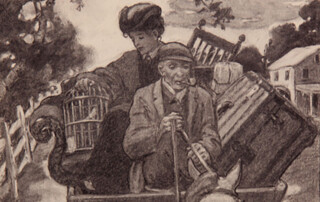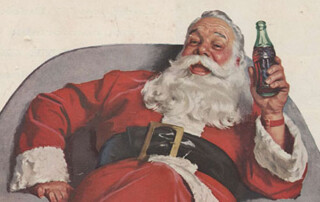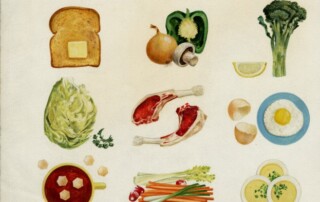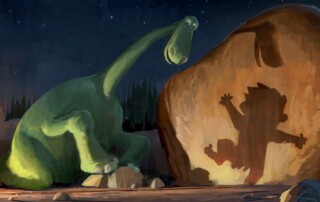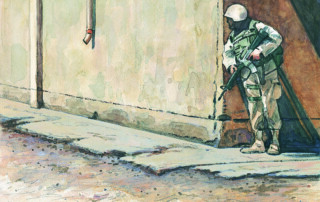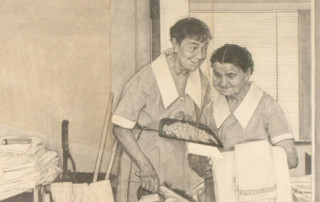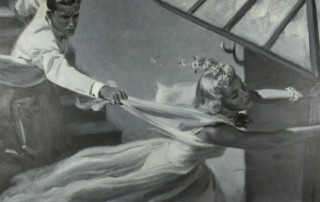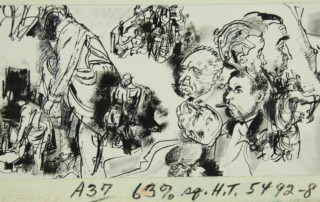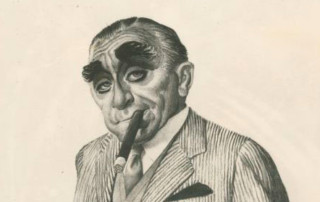This section is devoted to scholarly essays on illustration – including articles on individual illustrators, the history of illustration, and illustration collections and important movements in history.
The Red Rose Girls: An alliance for artistic success
During an era when women were expected to get married, raise children, and manage a household, Elizabeth Shippen Green (1871-1954), Jessie Wilcox Smith (1863-1935), and Violet Oakley (1874-1961) chose to pursue careers in the arts. In 1897, these three women enrolled in famed illustrator Howard Pyle’s (1853-1911) class at the School of Illustration at the Drexel Institute, Philadelphia where they formed a bond. The women rook residence at the Red Rose Inn; hence their moniker.


